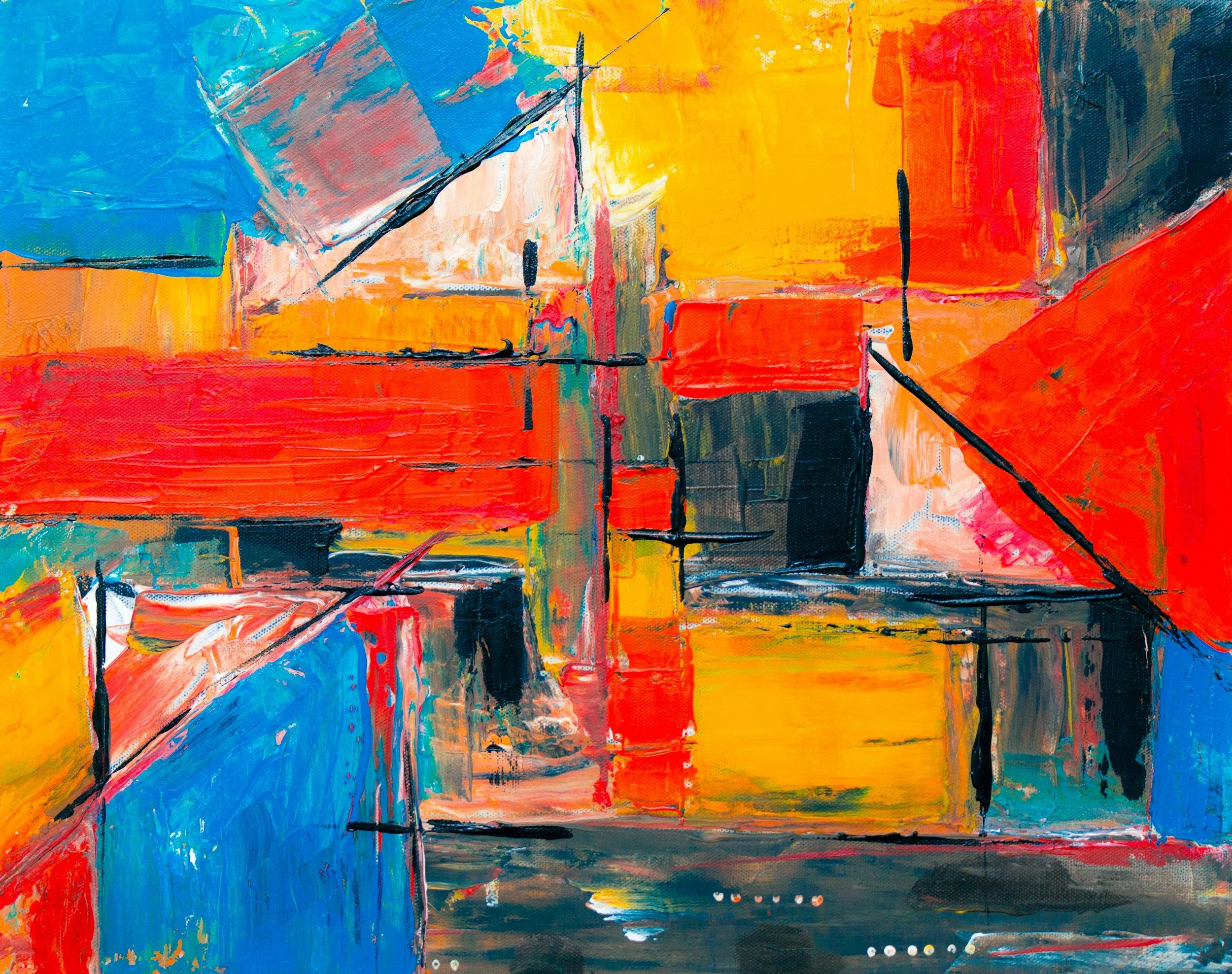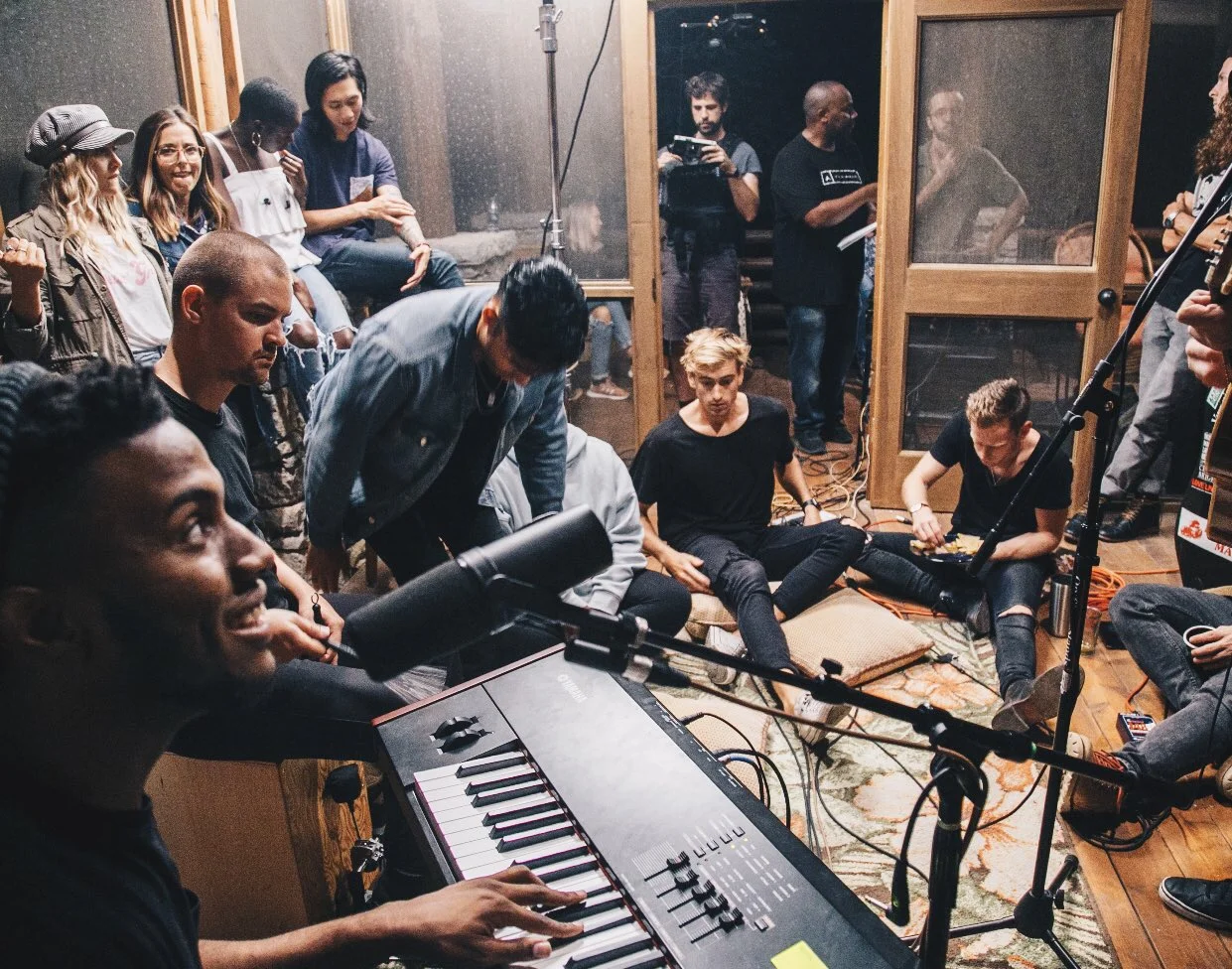Music Publishing 101
Music Publishing 101
There Are Two Copyrights Contained In The Recording Of A Song
(1) The copyright in the recording itself - which is typically owned by the Record Label that paid for the recording to be made.
(2) The copyright in the song - which is typically owned by a Music Publishing Company that publishes and promotes songs, and administers the income gained from a plurality of usages.
Origins Of Music Publishing
This business is named “Music Publishing” because of the way that songs were publicized and monetized before the invention of the LP. Back in the day, songs were spread by being transcribed onto sheet music, and printed, promoted and sold by Music Publishers.
In return for this service, songwriters would sign the ownership of their songs to these Music Publishers for a 50% share in the net revenues generated by sheet music sales. Giving ownership to the Publisher meant that the Publisher had the freedom to exploit the songs without always having to check in with the composer.
When the LP was invented, these Music Publishing Companies expanded their services to include formats other than “print”.
As new channels have been added over the years, the role of the music publisher has broadened. Still, the business model pretty has much stayed the same. A songwriter signs the ownership of songs to a Music Publishing Company so that the Publisher has the ease to license and promote the songs and collect royalties. The songwriter receives 50% of the net receipts from all channels, after agreed-upon deductions.
Some writers are wired to do business as much as they do music, and prefer to self-publish, functioning as the songwriter and the publisher, owning their music publishing rights, building an infra-structure to exploit their songs and collect royalties. Others prefer to partner with functioning publishing companies.
Publishing Administration And The Collection Of Royalties
Publishing Administration is a very finicky business. It involves collecting very small amounts of money from a very large amount of sources sources, and keeping in step with industry trends so as to know where the new revenue streams are. Therefore, more and more publishers are subbing out their administration to Publishing Administrators who have a state-of-the-art infrastructure.
The Various Royalties That Are Earned From Songs
Mechanical Royalties
Payable when a song is featured on a recording – vinyl, tape, CD, MP3, etc. Each country in the world has its own protocol for determining the mechanical rate.
(The term “mechanical” has its origins in the “piano rolls” on which music was recorded in the early part of the 20th Century. It covers all copyrighted audio compositions that are rendered mechanically; that is, without human performers.)
In the US, the mechanical royalty is currently 9.1 cents per reproduced copy, regardless of whether the albums or singles are sold.
So, if someone covers one of your songs and they manufacture 1000 CDs, they owe you $91 regardless of whether those CDs ever get purchased.
You are also owed a mechanical royalty for the sales of your music on YOUR OWN albums. Though, if you’re acting as your own label, you’ll basically be paying that royalty to yourself from album proceeds.
On-demand streaming services, such as Spotify, also pay a small mechanical royalty every time your song gets queued for streaming, in addition to a small performance royalty.
Performance Royalties
Payable when a song is broadcast or performed in public - on terrestrial, satellite and internet radio, on network and cable TV, on video games, in live venues, in restaurants, via internet streaming, etc. These royalties are collected and distributed by Performing Rights Organizations (PROs), with 50% of the money going to the songwriters and 50% to the publisher/s.
PROs help songwriters and publishers get paid for the usage of their music for performances. In America, songwriters have the choice of affiliating with one of three PROs: ASCAP, BMI and SESAC.
In the late eighties, CCLI was started to collect and distribute monies from songs being used in churches. CCLI is the PRO for uses of songs in Sunday Morning Church Services. Income from CCLI is split in accordance with the individual song publishing deals.
Synchronization Royalties
Payable when a song is used in a film a video, a TV show, a commercial, a video game, a presentation, or a YouTube video, when a piece of music and a moving image are “synchronized”. These fees are negotiable project by project.
Print Royalties
Payable when a song is duplicated in print form, including sheet music, lead sheets, fake books, etc.
Various Observations
In the early days of the music business the publishers worked hard as very few artists wrote their own songs. A thriving business developed.
As the record industry blossomed, it soon become apparent that there was far more money to be earned by songs than by recordings, and more and more (non-songwriting) artists and producers decided to get into the action so that they could share in songwriting royalties. The reason for songs being able to earn more money than the master recordings is simply because they can be featured on multiple masters and in multiple formats - creating exponential income. In the song industry, once the original writer has had a chance to record a song, licenses are approved for anyone wanting to use a song. There are no limitations.
As musical celebrities were created by the emerging industry, and as these celebrities began to believe that their "names" were more powerful than the music publishers' efforts in promoting songs, the 50/50 norm became negotiable. This shift has happened in Christian Music over the years because of the increasing power of the "celebrity ministry". This change did not happen as much in genres like country music - where the song was seen as "all important" and a large number of "song-interpreting" artists continued to function and rely on "real" songwriters to provide repertoire. Therefore, country music continued to rely heavily on the support system of music publishers to help find powerful songs. And the 50/50 convention is still pretty much the norm today for writers that have not yet built a commercially viable platform. Writers have the opportunity to renegotiate this split when they have achieved a certain level of commercial success.
Even more than in country music, music publishers perform a vital role in Praise and Worship. Praise and worship is the only genre in which a song can be covered hundreds and hundreds of times. A big pop song will be covered here and there, usually years after the fact, but a big worship song is covered like no other genre, elevating the role and need for a publisher.
There are very few writers in the praise and worship arena who have achieved influence without the support of a music publisher and the signing of full pub deals (until such time as they became a formidable force). In fact, only a handful of writers in the current CCLI top 100 listing have had their songs spread into the church without first being developed as a published writer. And the exceptions are not a growing trend.
With success in the publishing business comes the opportunity to set up one's own publishing entity, to employ staff to do the work of publishing, thereby being able to own or negotiate co-ownership in songs with major publishers. We call such co-ownership "co-publishing". Co-publishing, and in one or two instances self-publishing, has started happening in praise and worship as more and more worship "influencers" have emerged, built their own organizations and renegotiated their publishing deals.
In pop music, the primary vehicle for song promotion remains "the artist". In praise and worship the landscape is totally different. The music publisher continues to plays a meaningful role.
Malcolm du Plessis
Want more? Click here to read a blog titled Music Publishing 101 on stem.is.



























